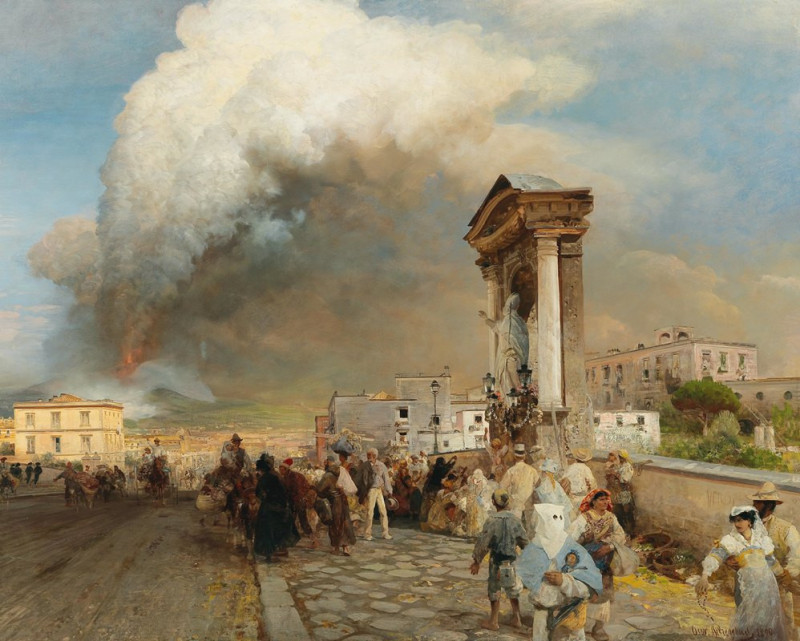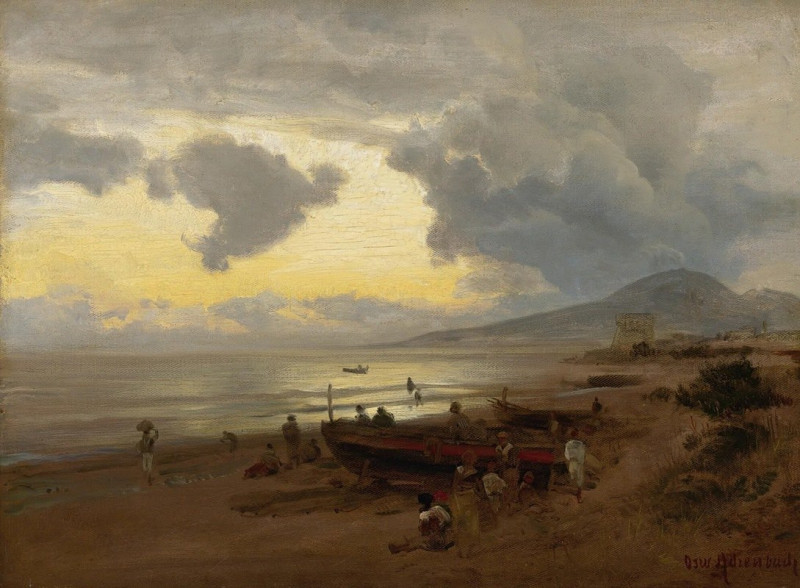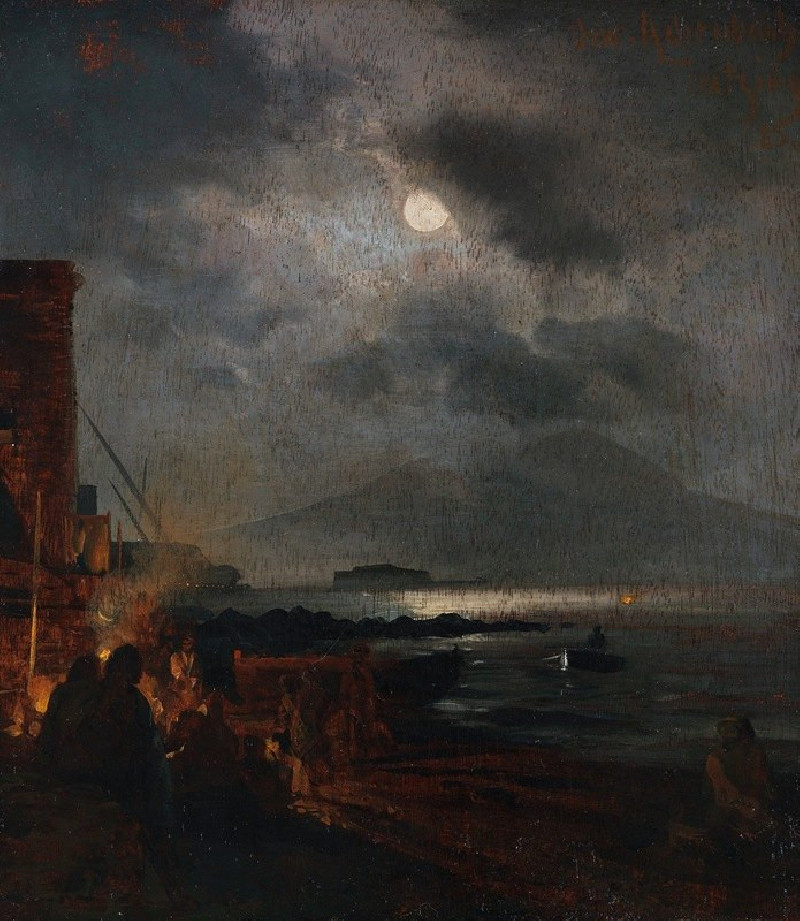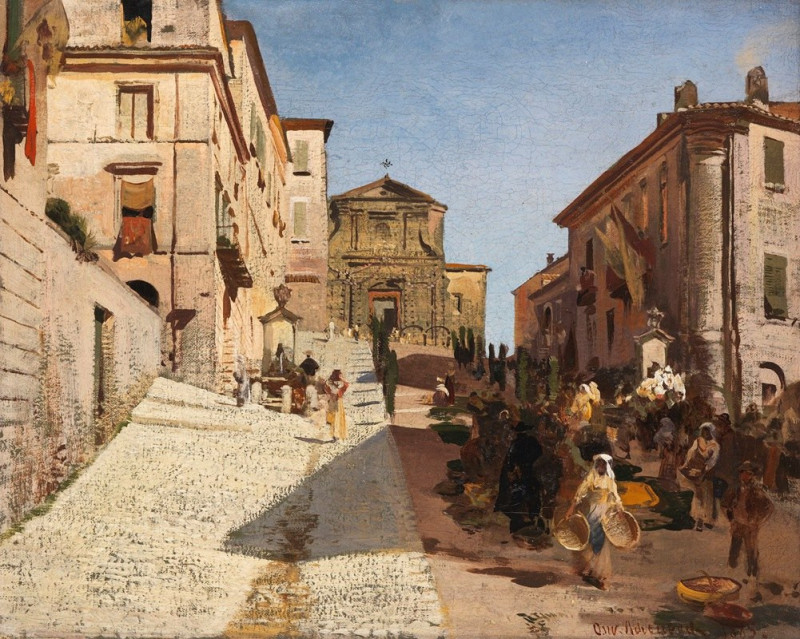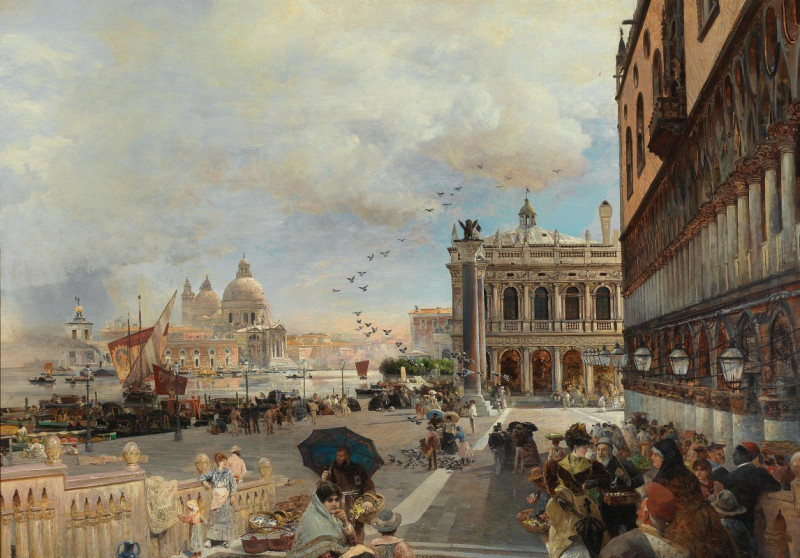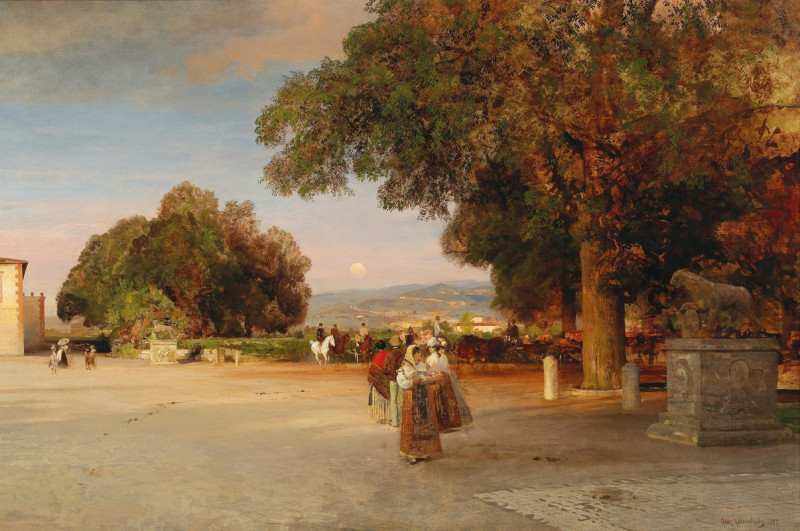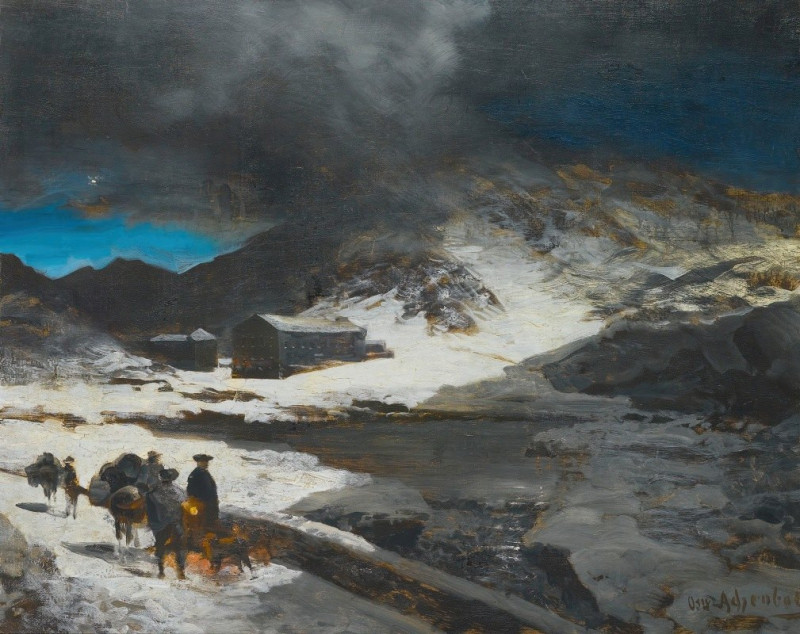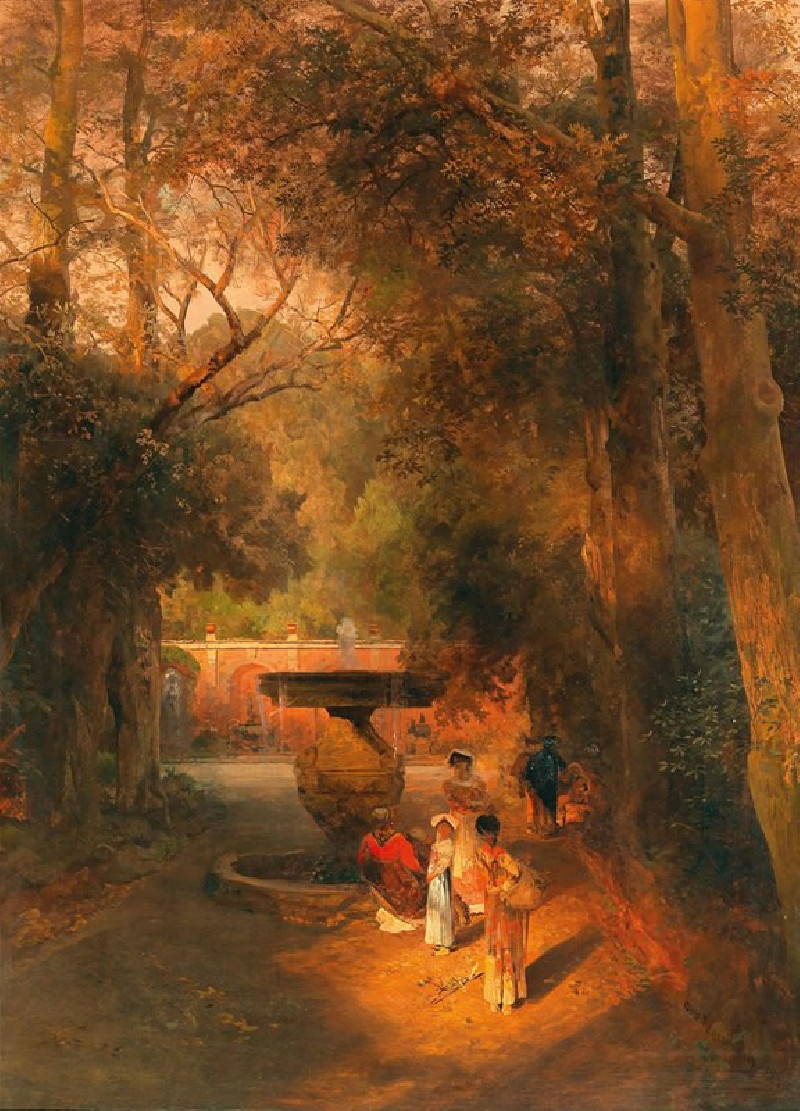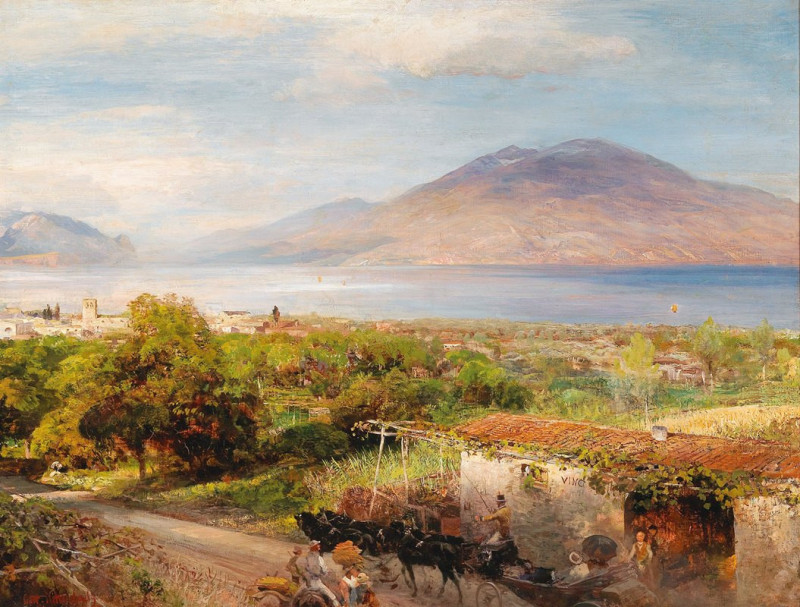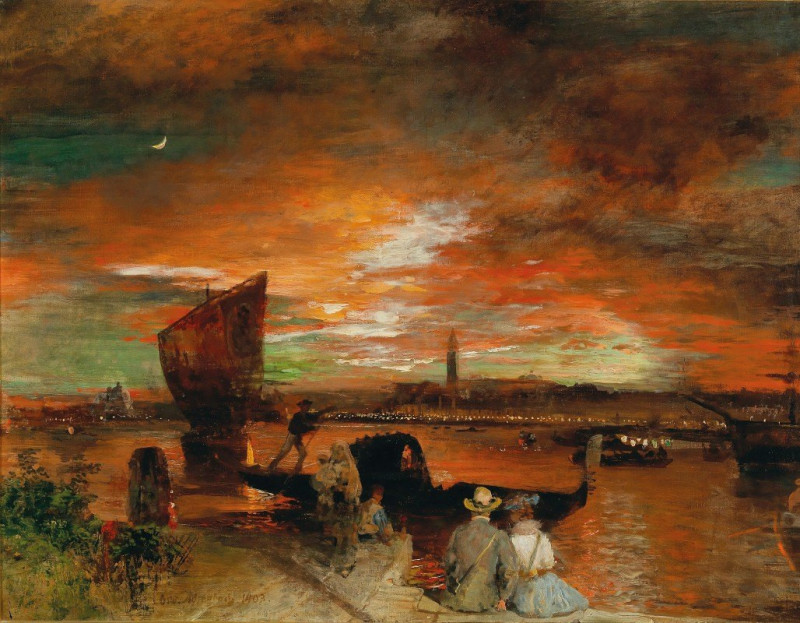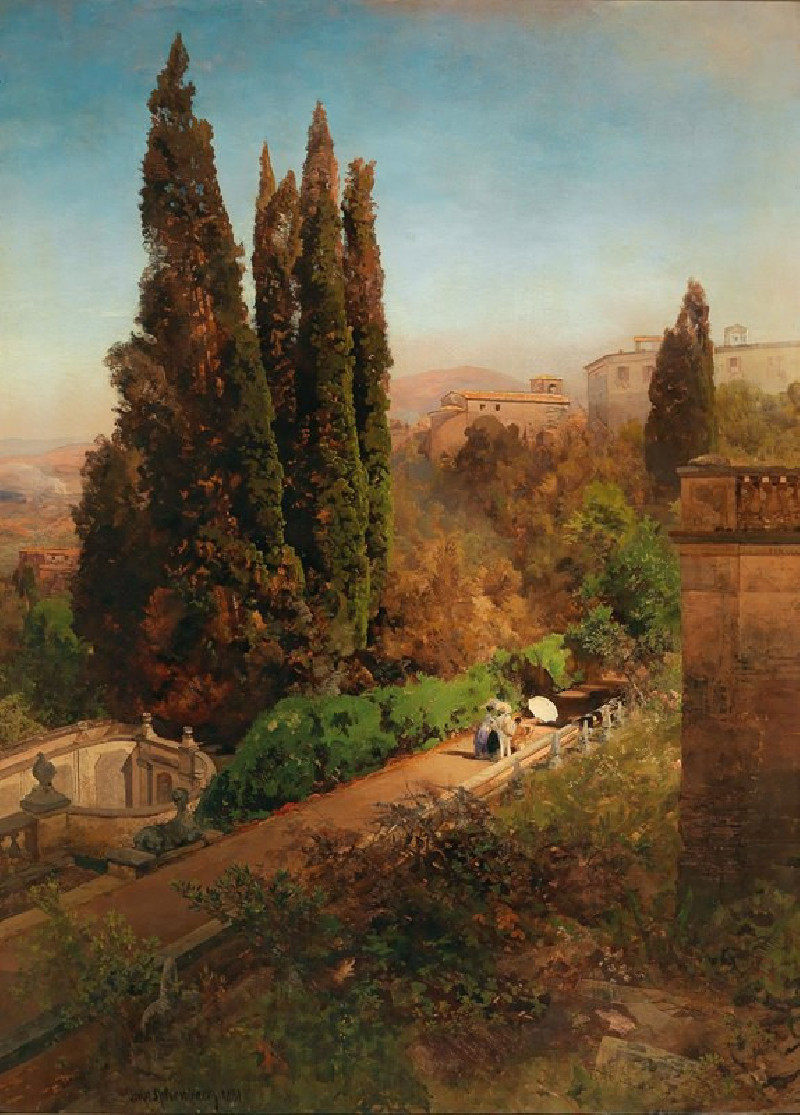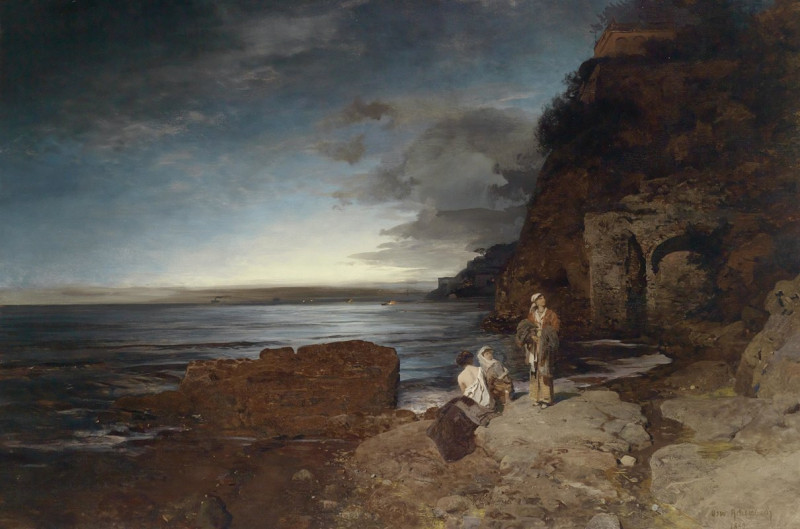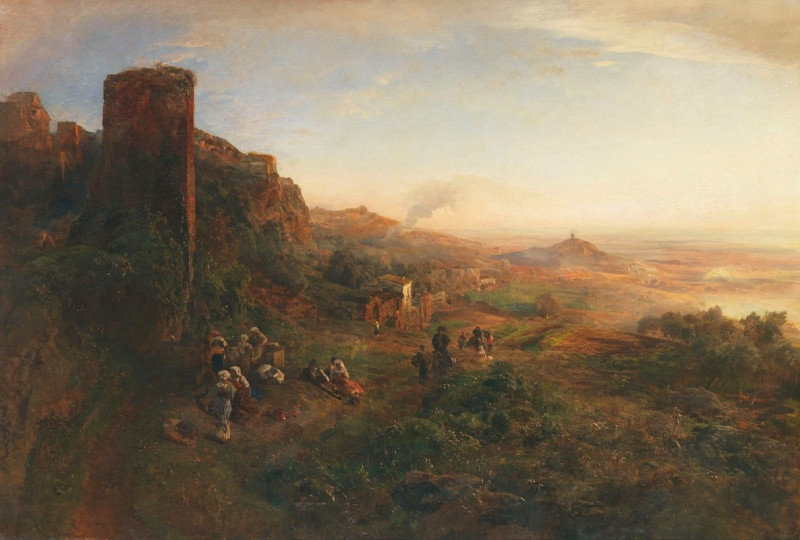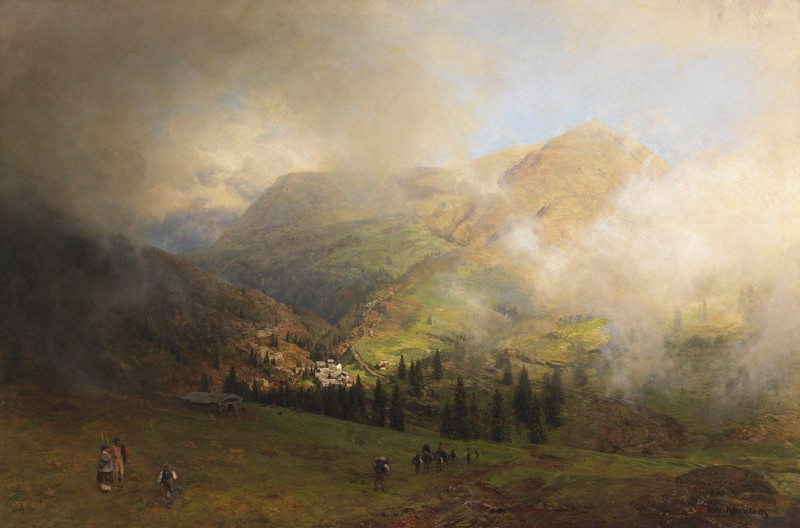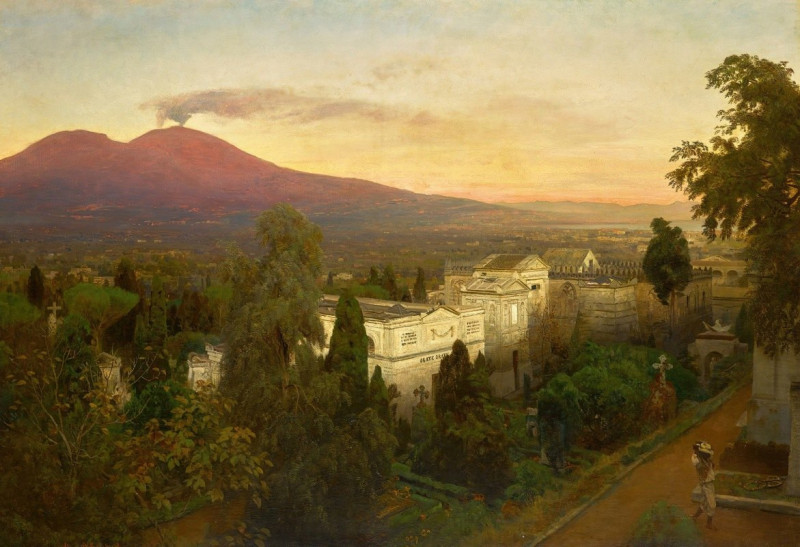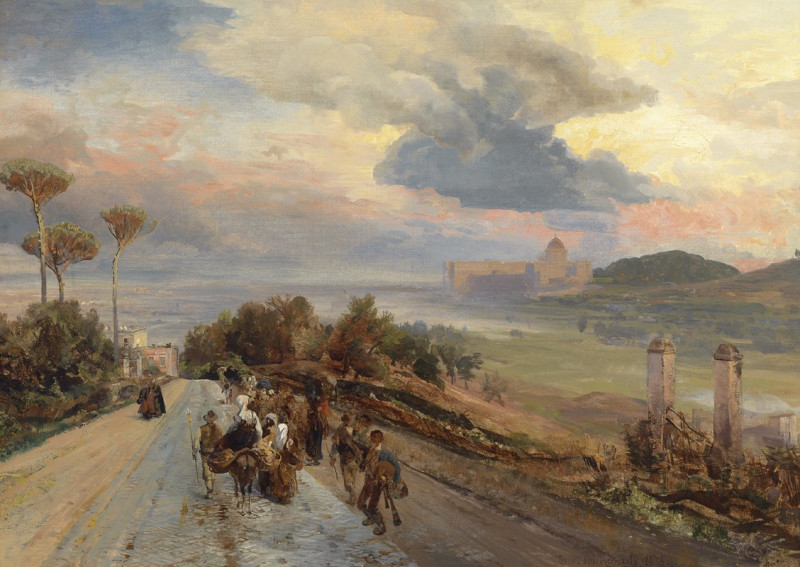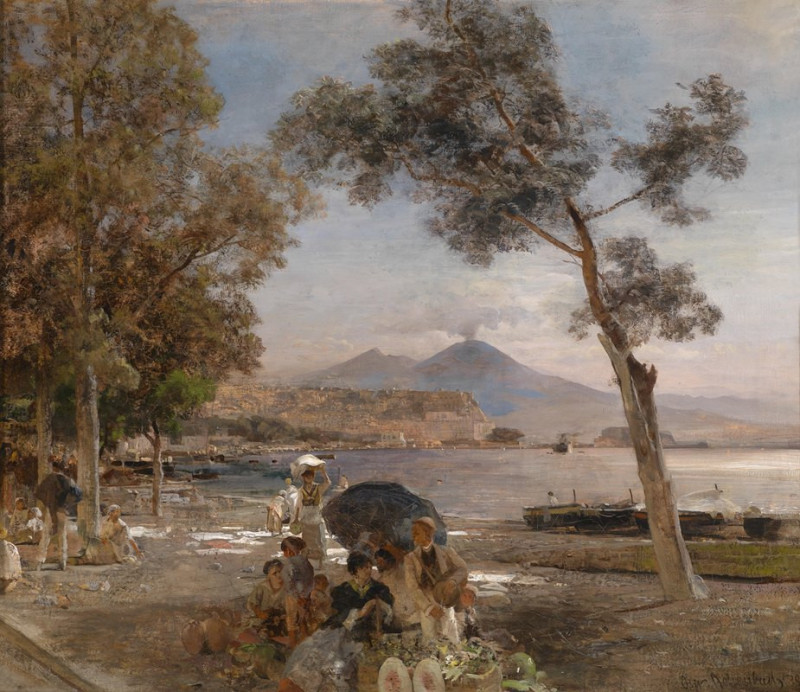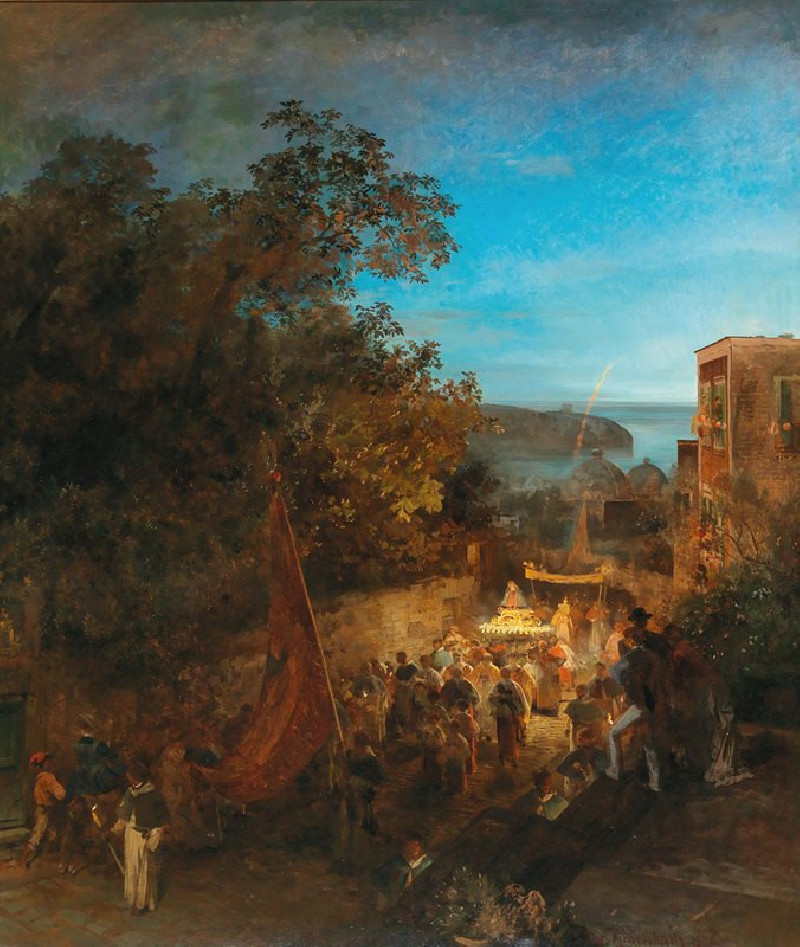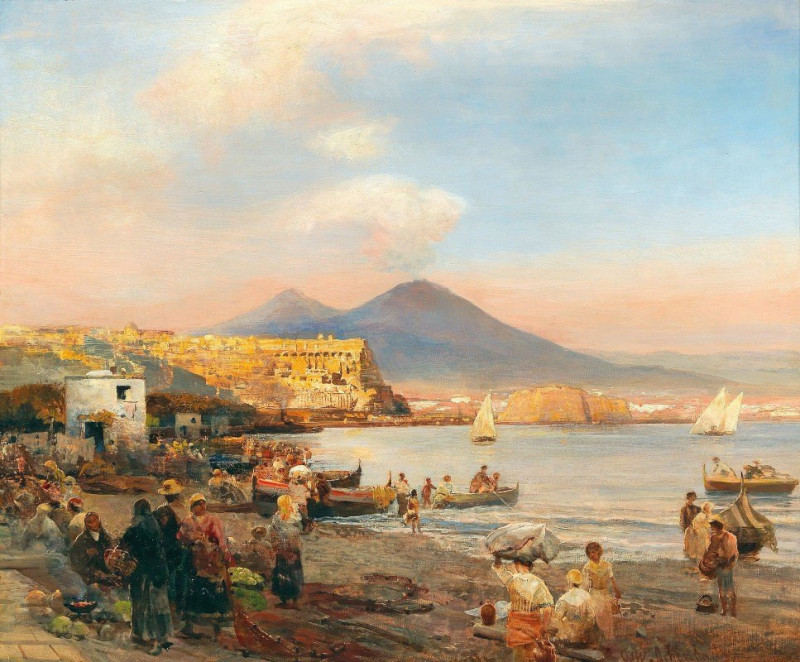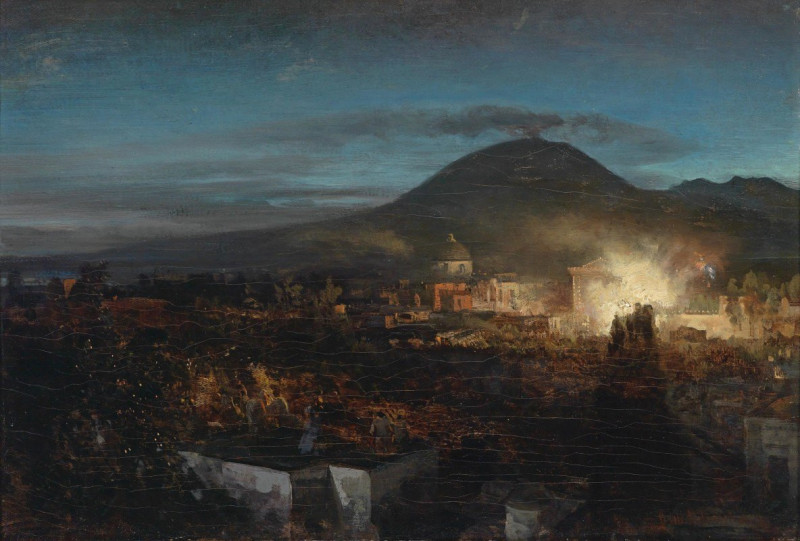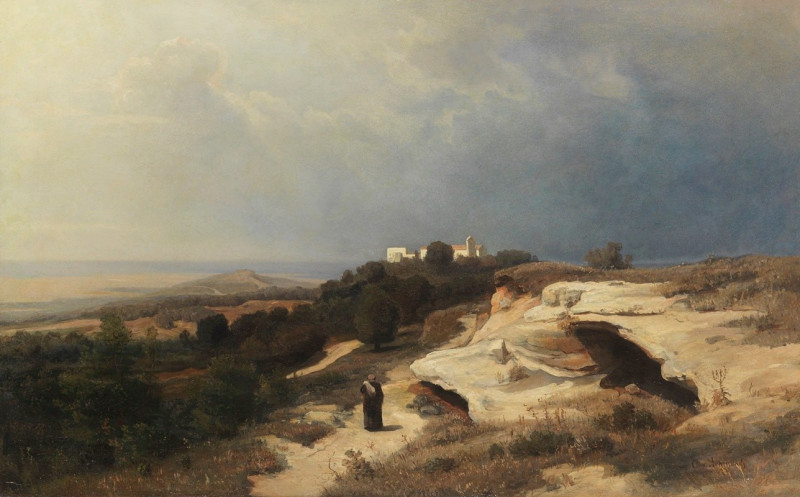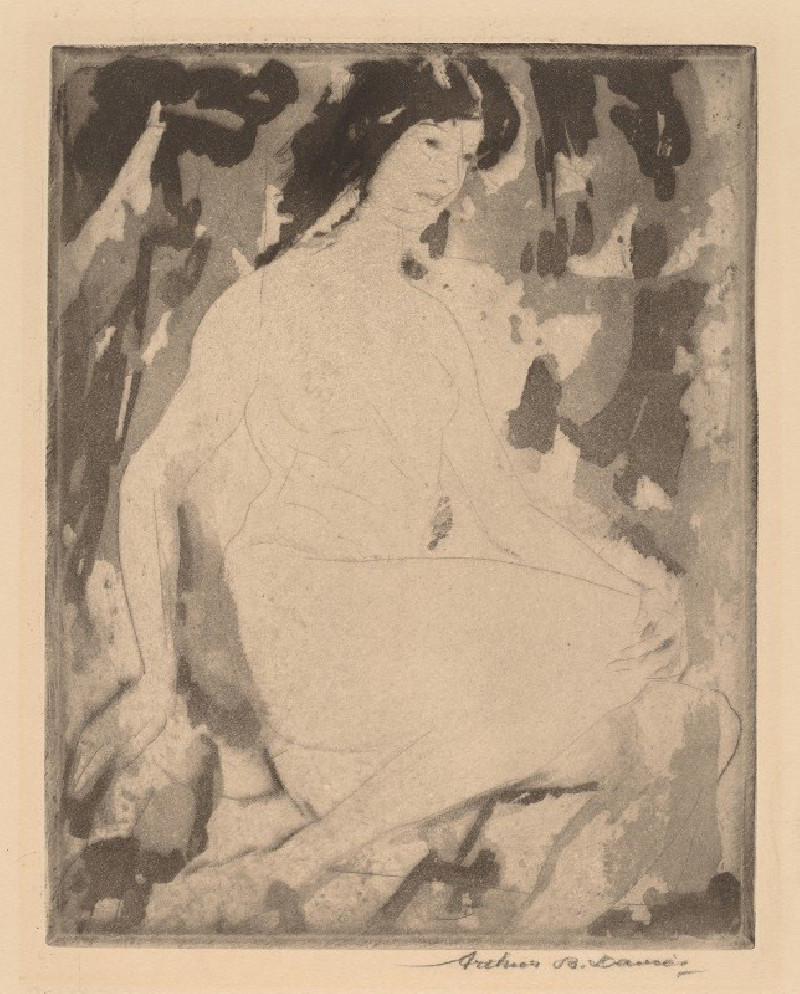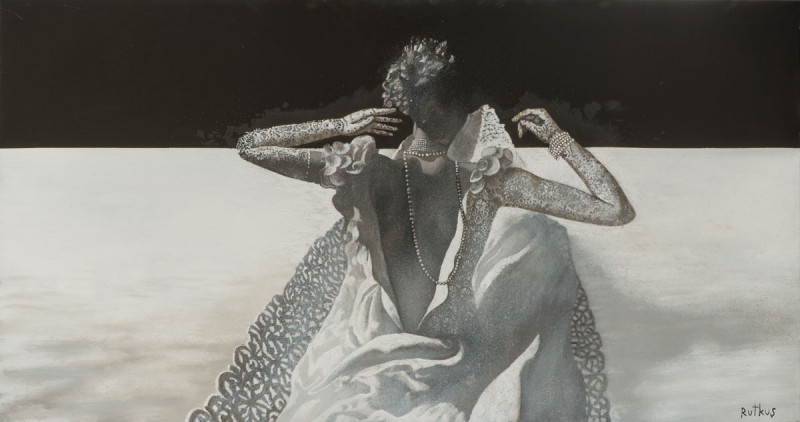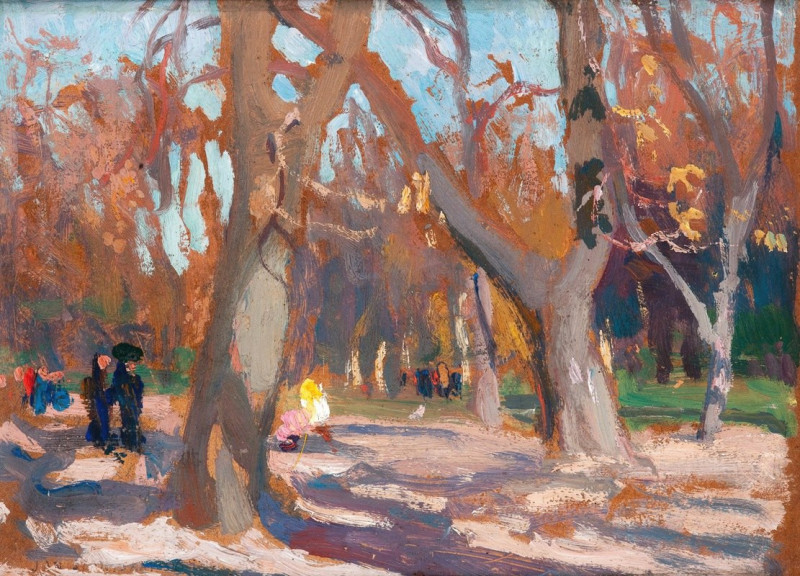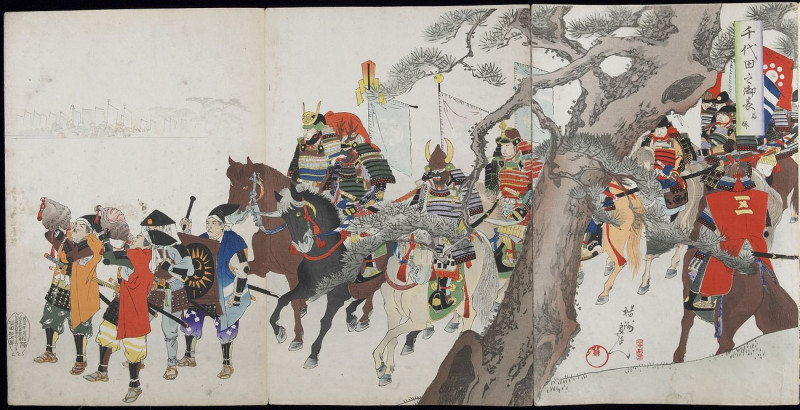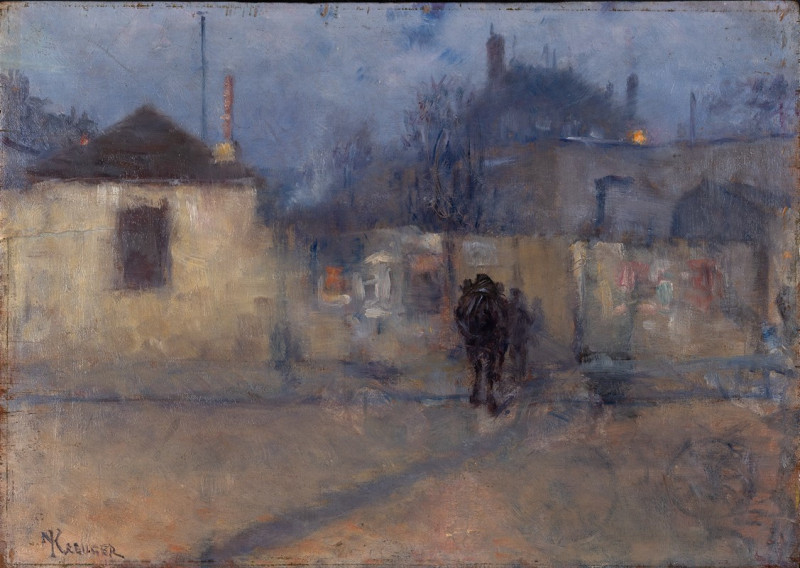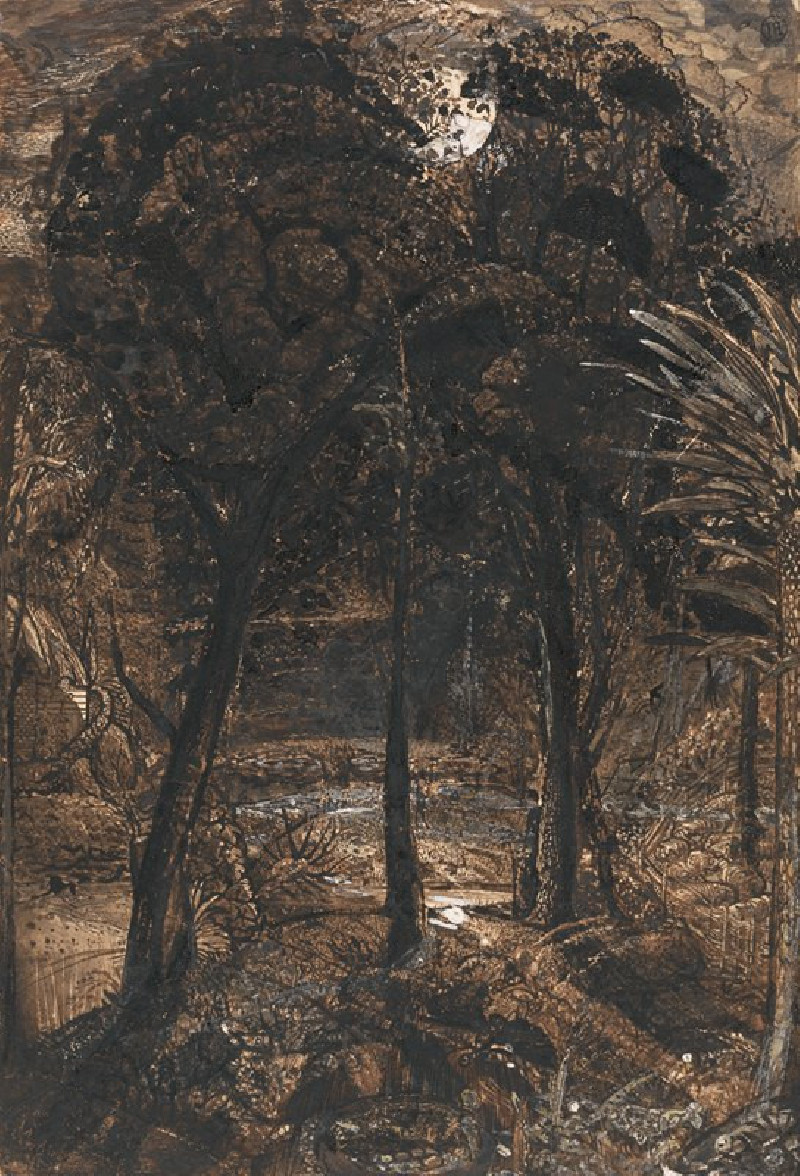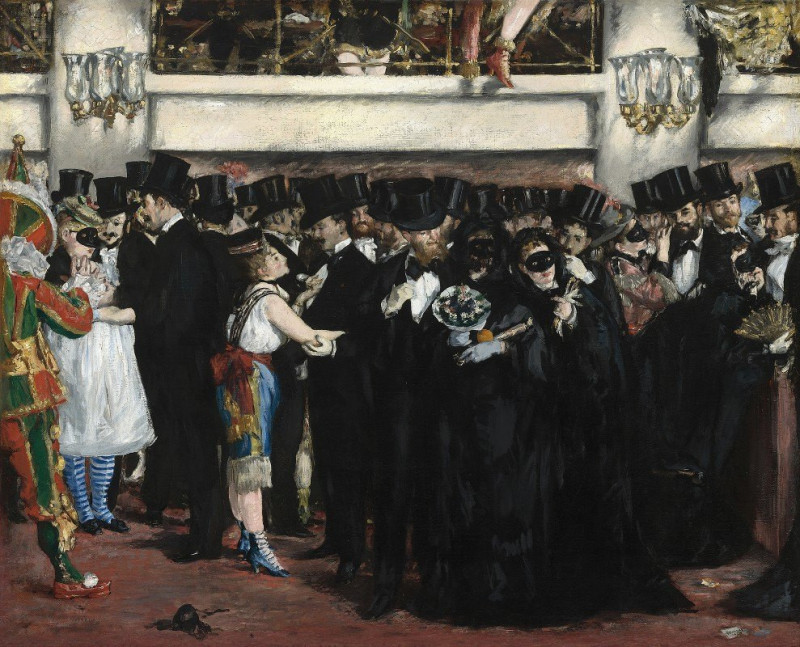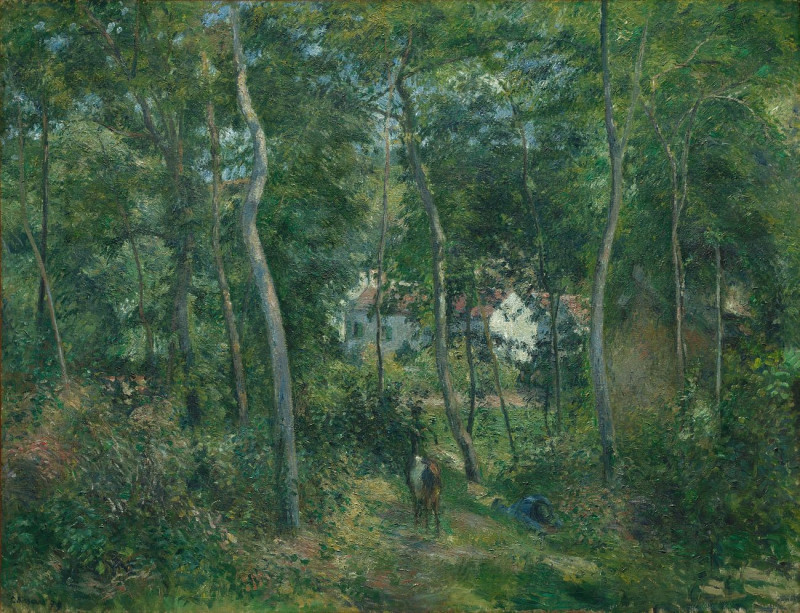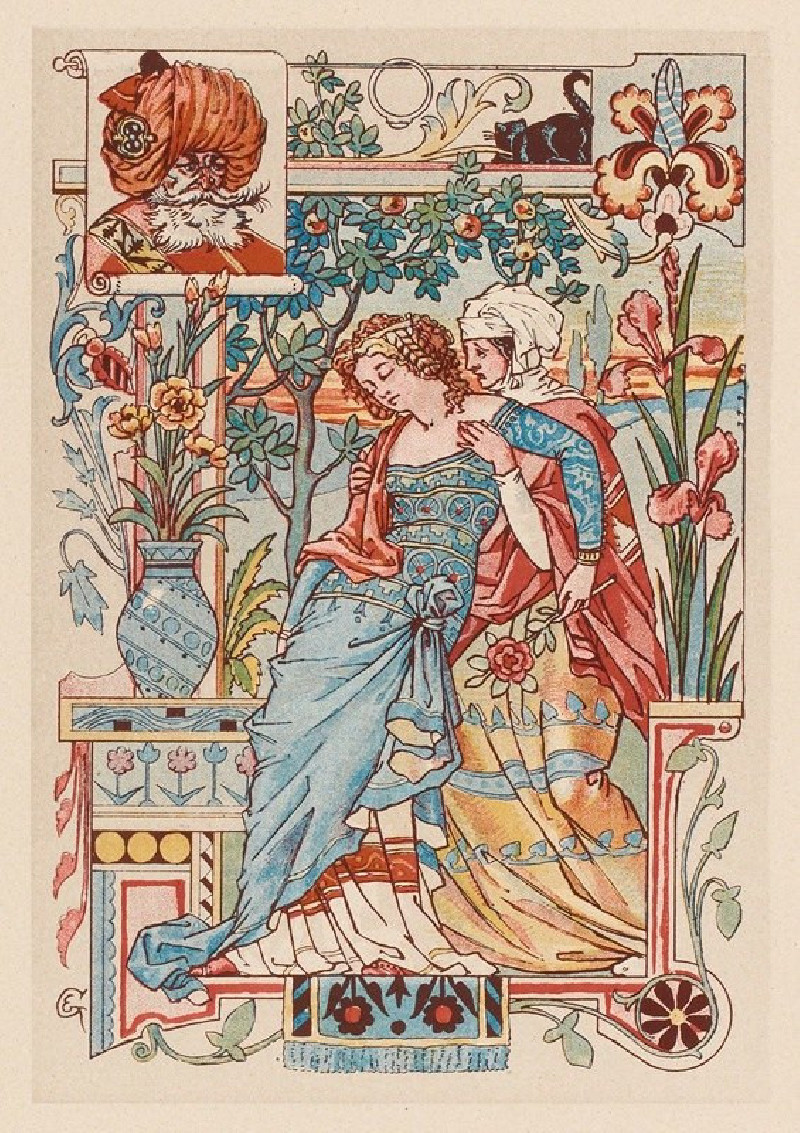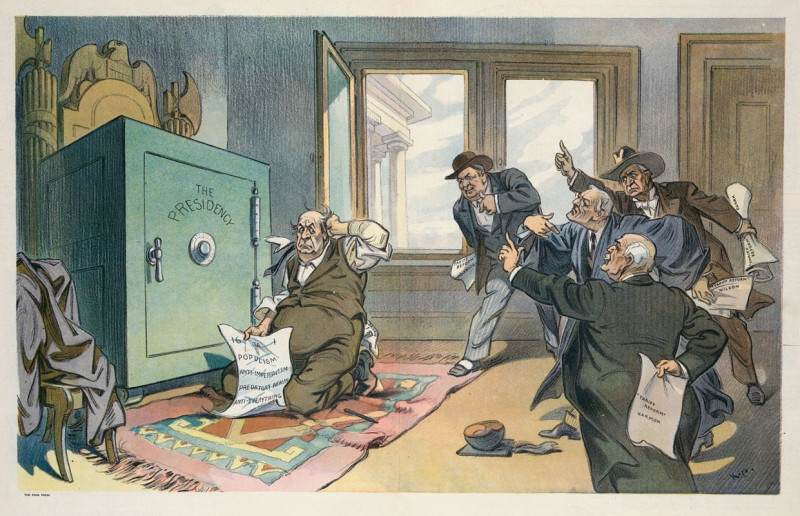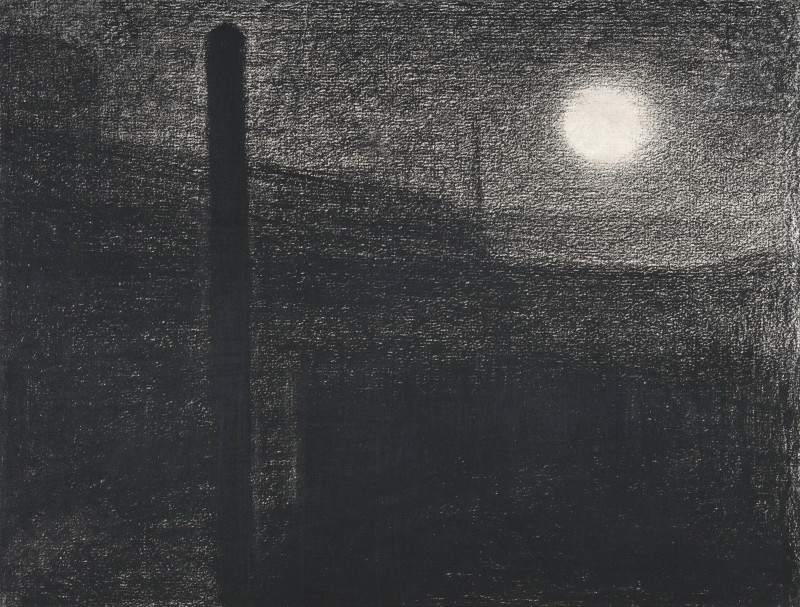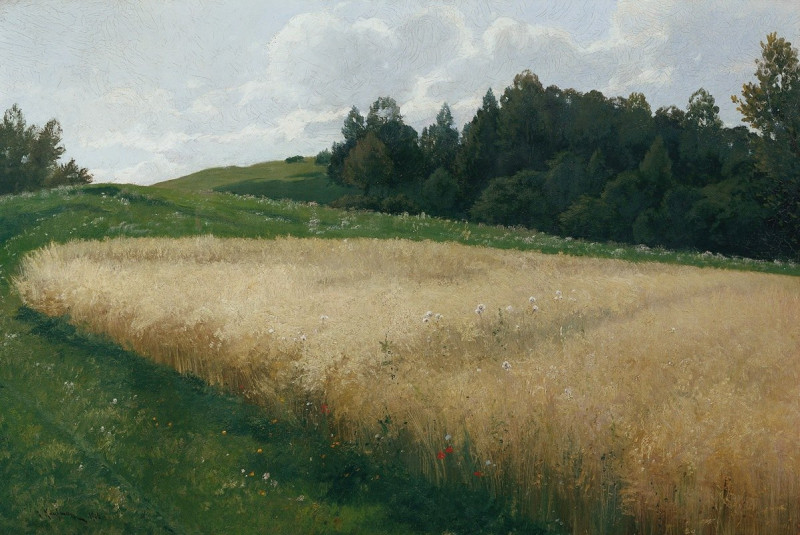Ausbruch des Vesuv
Technique: Giclée quality print
Recommended by our customers
More about this artwork
Captured in vibrant detail, Oswald Achenbach's "Ausbruch des Vesuv" ("Eruption of Vesuvius") is a breathtaking 19th-century painting that vividly portrays the volcanic eruption of Mount Vesuvius in Italy. The artwork, painted in 1870, is a brilliant testament to Achenbach’s masterful skills in landscape and atmospheric depiction.In this captivating scene, the viewer is placed in a bustling square, presumably close to the city of Naples, under the shadow of the erupting volcano. The painting presents a stark contrast between the serene, cloudy sky and the turbulent, menacing plume of ash and smoke erupting from Vesuvius. The explosion sends a dramatic cloud billowing into the sky, beautifully yet ominously painted in shades of white, gray, and dark reddish-brown.The foreground of the painting is alive with activity, showcasing a variety of people responding to the eruption. From locals gathered in groups and engaging in conversation to those hurriedly leading horses away, Achenbach captures a spectrum of human emotion and reaction. The presence of classical architecture, including a prominently featured Roman-style column topped with a statue, adds a historical depth to the scene, reminding viewers of the ancient roots of the landscape being affected by natural forces.Oswald Achenbach, known as a key figure in the Düsseldorf school of painting, excels in immersing the observer into this scene of natural disaster juxtaposed with everyday life. His use of color and light expertly balances the painting, drawing the eye from the calm, detailed life at the square to the dynamic and violent natural phenomenon in the background.

